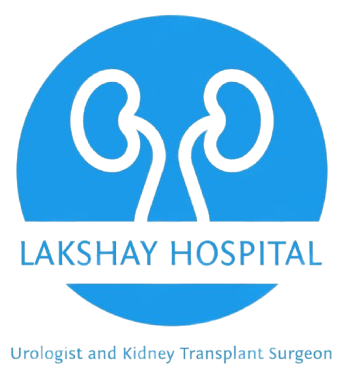What is HoLEP (Holmium Laser Enucleation of the Prostate)?
HoLEP (Holmium Laser Enucleation of the Prostate) is a modern, minimally invasive surgery. It treats prostate problems, especially in men with an enlarged prostate. This condition is also called benign prostatic hyperplasia (BPH). With HoLEP, doctors use a laser to remove extra prostate tissue. As a result, urine flows more easily. Many hospitals and clinics now offer HoLEP as a safe option for prostate surgery.
Symptoms and Conditions Treated by HoLEP
Doctors often suggest HoLEP for men with BPH. This condition can cause many uncomfortable symptoms. For example, you may notice:
Sometimes, BPH can also cause urinary tract infections or bladder stones. If medicines do not help, HoLEP may be the next step. In many cases, this procedure can relieve symptoms and improve quality of life.
How HoLEP Works: The Procedure Explained
During HoLEP, doctors use a thin tube called a scope. They insert it through the tip of the penis into the urethra. Next, a special holmium laser removes the extra prostate tissue. The laser cuts and seals blood vessels at the same time. Because of this, there is less bleeding than with traditional surgery. After removing the tissue, doctors use a tool to take it out of the bladder. Most patients receive anesthesia, so they do not feel pain during the procedure. Usually, HoLEP takes one to two hours, depending on the prostate size.
Benefits and Risks of HoLEP
HoLEP offers many advantages over older prostate surgeries. For instance, it is less invasive and often leads to a quicker recovery. Here are some key benefits:
However, like any surgery, HoLEP has some risks. These may include:
Most side effects are mild and improve with time. Still, it is important to discuss all risks with your doctor before surgery.
Preparation and Recovery Process
Before HoLEP, your doctor will give you clear instructions. For example, you may need to stop certain medicines. You should not eat or drink for several hours before the procedure. After surgery, you will likely stay in the hospital for one night. Doctors usually place a thin tube (catheter) to help drain urine. This is removed within a day or two. Most patients can return to light activities within a week. However, heavy lifting or intense exercise should wait for a few weeks. Your doctor will guide you on when it is safe to resume normal routines.
Lifestyle Guidance After HoLEP
After HoLEP, you can take steps to heal well. For instance:
Most men notice better urine flow within days. However, some mild symptoms may last for a few weeks. If you have fever, severe pain, or trouble urinating, contact your doctor right away.
Prevention and Follow-Up Care
While you cannot always prevent prostate enlargement, regular check-ups help catch problems early. After HoLEP, your doctor will schedule follow-up visits. These visits check your healing and urine flow. In addition, you may need urine tests or scans. Staying active, eating a balanced diet, and managing other health problems can also support prostate health. If you notice any new symptoms, let your doctor know promptly.
In summary, HoLEP (Holmium Laser Enucleation of the Prostate) is a safe and effective way to treat BPH. It offers many benefits and a quick recovery for most men. For personalized advice about HoLEP, consult a urology specialist.

